Government blanket fragments
1819–1848
These fragments of a natural-coloured woollen cloth are thought to be from a government issue blanket, used by convicts in the Barracks sleeping wards. Found by archaeologists beneath the floors of Hyde Park Barracks, these fragments have a coarse weave, and a couple of pieces show that the blanket had a thin brown woven stripe. Barracks blankets were stamped with the government ‘broad arrow’ and the date they were issued, and were most likely made in the colony by female convicts at the Parramatta Female Factory, using locally grown wool. And while the convicts in the Barracks were keeping warm under these blankets, from 1826, these same blankets were also issued annually to Aboriginal people. A painting of Cora Gooseberry at Camp Cove in 1845 shows her wrapped in the same sort of natural coloured blanket with a thin border stripe along one edge. In 1844 the government stopped its blanket hand-outs to Aboriginal people, and Port Hacking man William Annan who came into Sydney in winter that year, probably to receive his blanket, died of exposure near the Barracks, in Hyde Park.
More artefacts
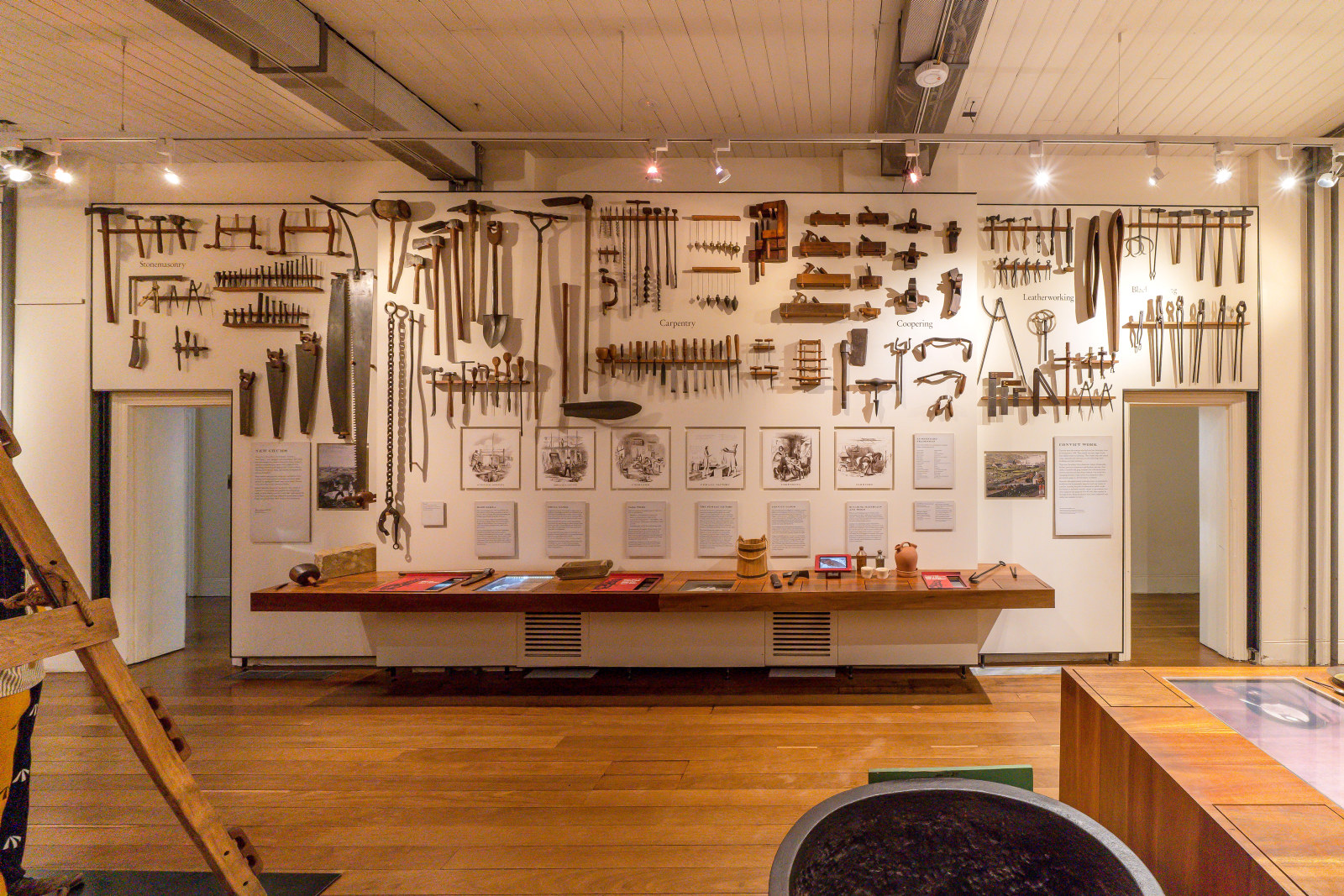
Convict Sydney
Objects
These convict-era objects and archaeological artefacts found at the Hyde Park Barracks and The Mint (Rum Hospital) are among the rarest and most personal artefacts to have survived from Australia’s early convict period
Related
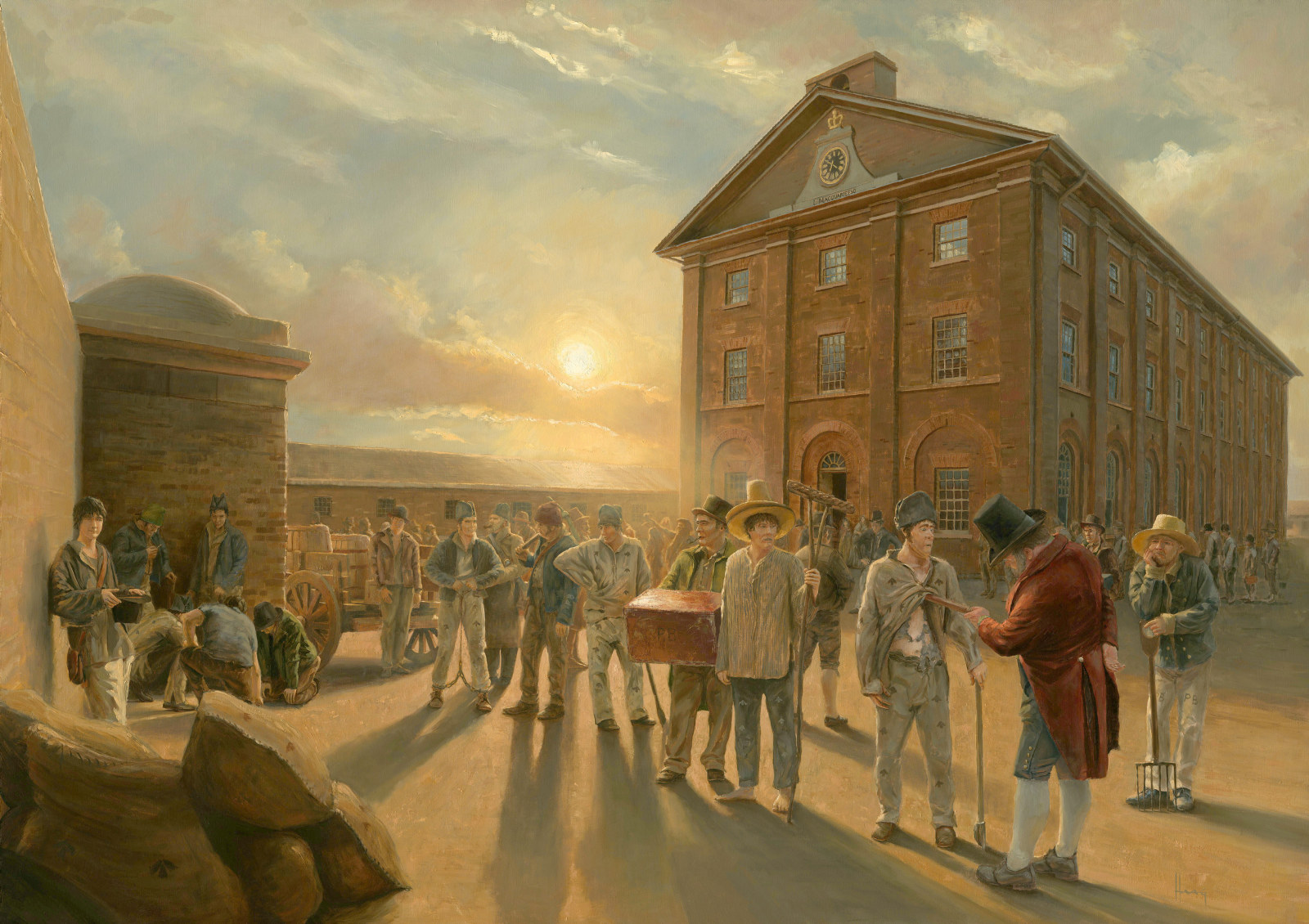
Convict Sydney
Convict Sydney
From a struggling convict encampment to a thriving Pacific seaport, a city takes shape
Published on
Convict Sydney
Browse all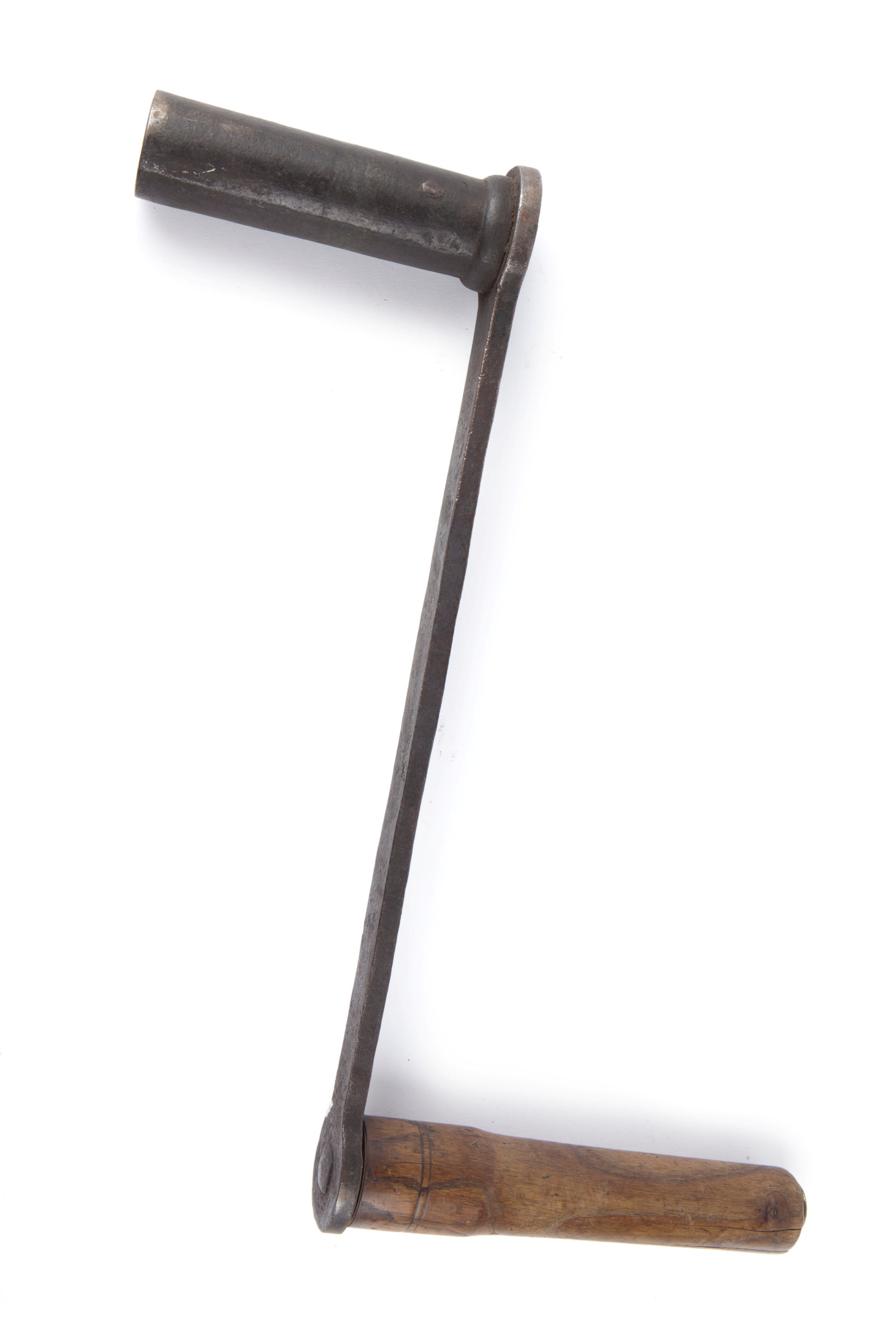
Convict Sydney
Clock-winding crank
This sturdy crank was used for many years to wind the Hyde Park Barracks clock
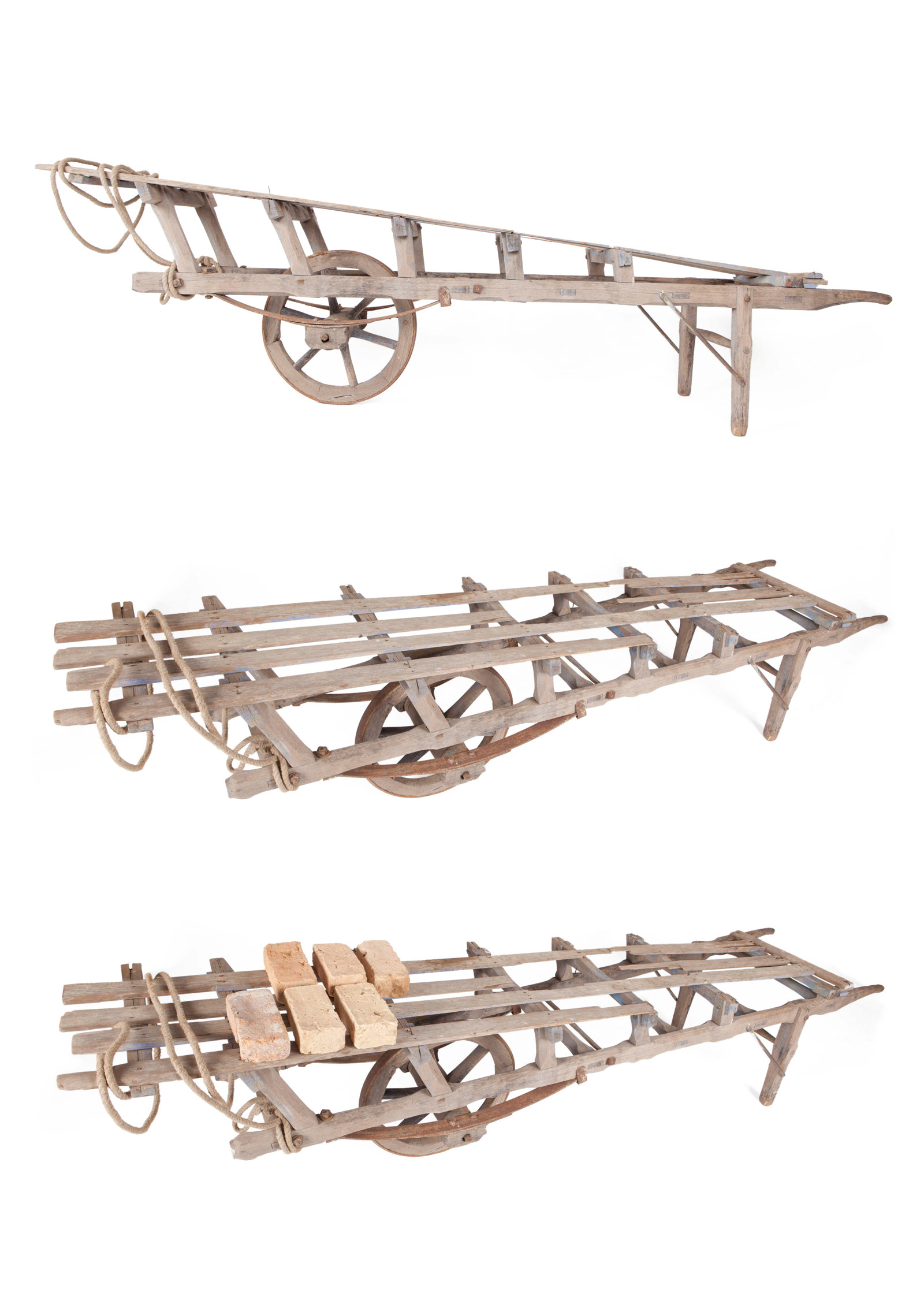
Convict Sydney
Hack barrow
Convict brickmakers working at the Brickfields (now Haymarket) used hack barrows like this one, stacking 20 or 30 wet bricks on the timber palings along the top, for transporting them from the moulding table to the ‘hack’ yard for drying
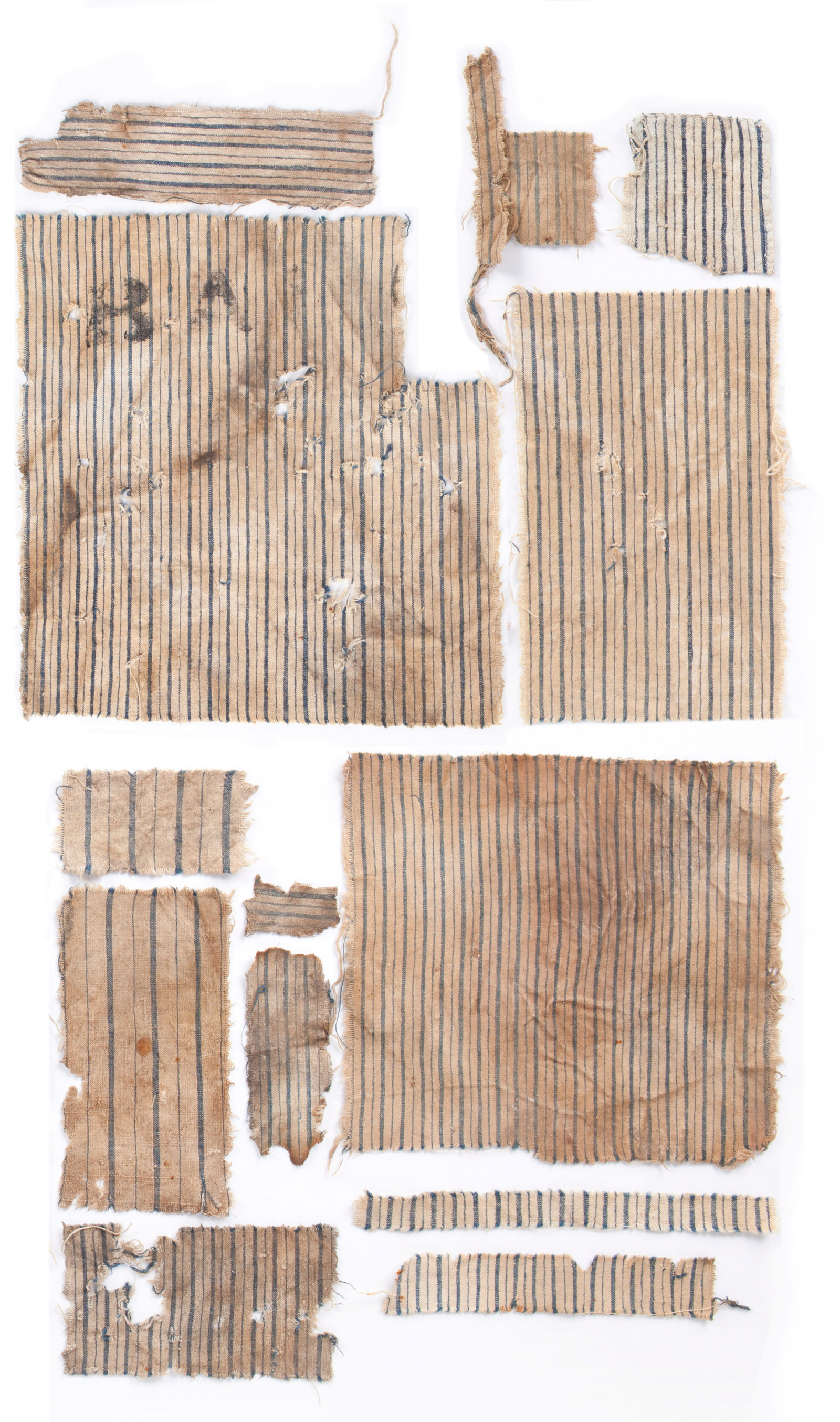
Convict Sydney
Convict shirt scraps
Deliberately torn into squares and strips, these scraps of convict shirt suggest that some convicts were recycling old clothing for new purposes
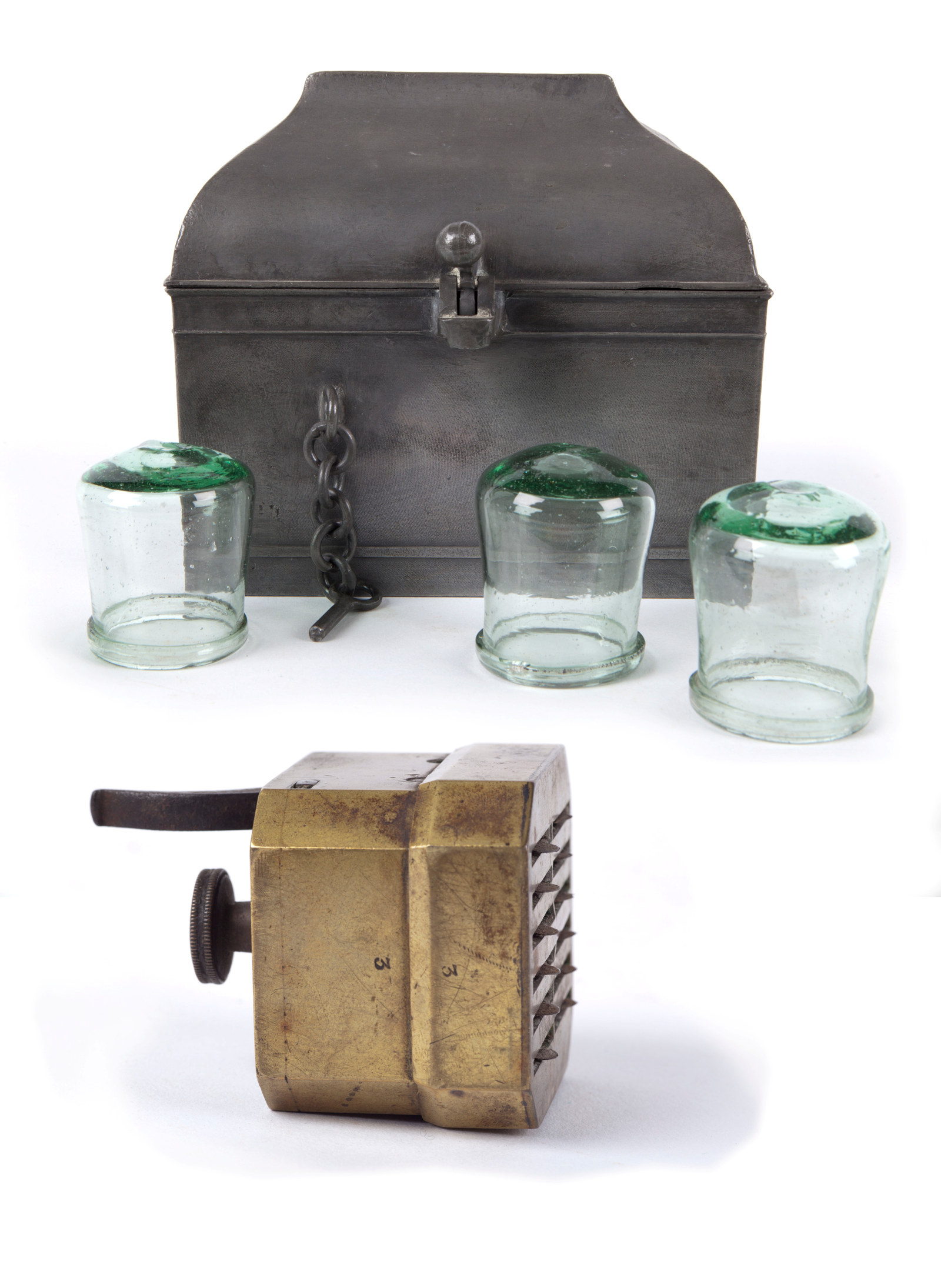
Convict Sydney
Cupping glasses and scarificator
These cupping glasses are of the type that was used in the treatment of convict patients at the General ‘Rum’ Hospital
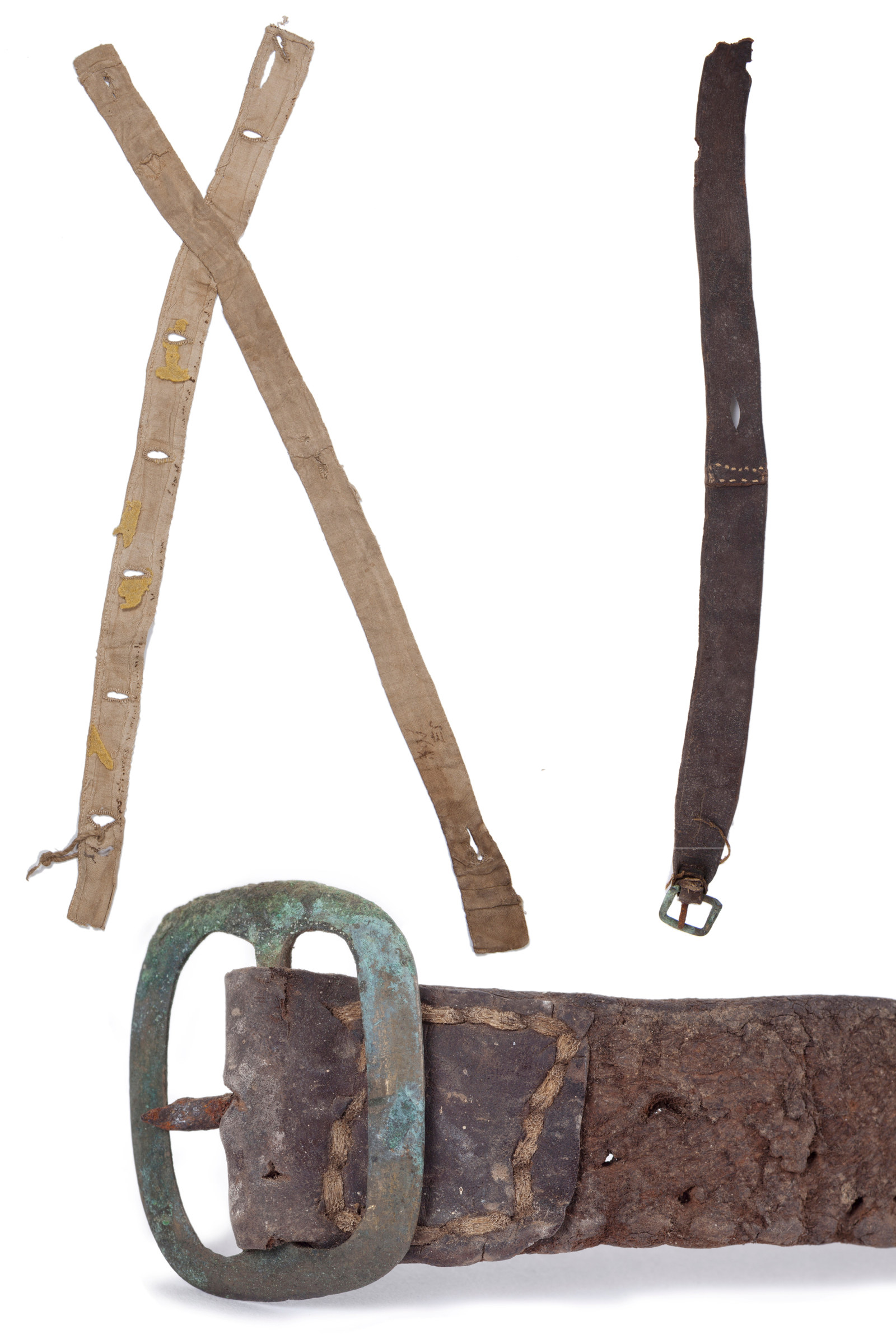
Convict Sydney
Convict braces and belts
Convict ‘slop’ clothing was one-size-fits-all, so some convicts had to improvise ways to keep up their baggy trousers
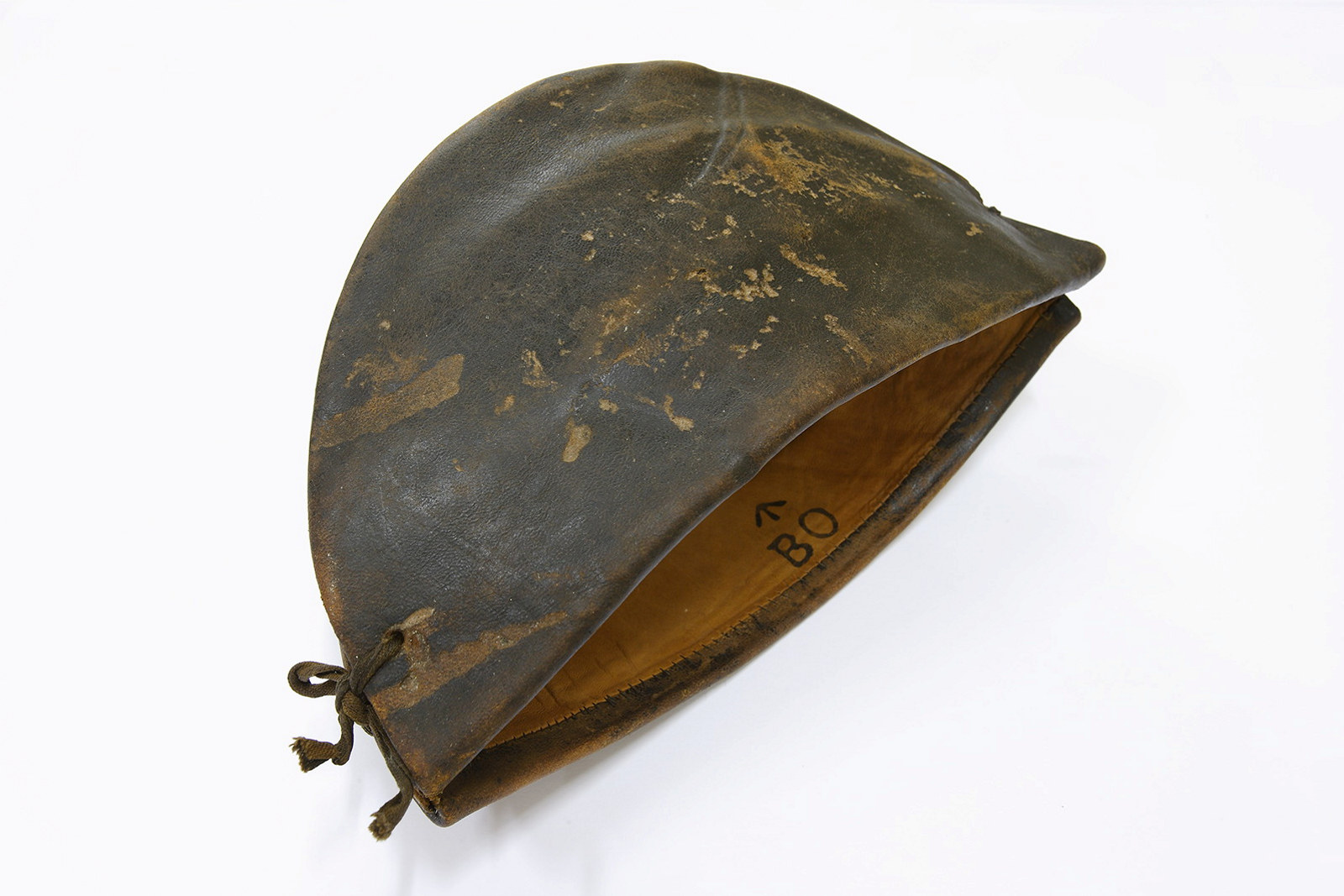
Convict Sydney
Convict cap
A hat was known as a castor or a kelp in the convict ‘flash’ slang language
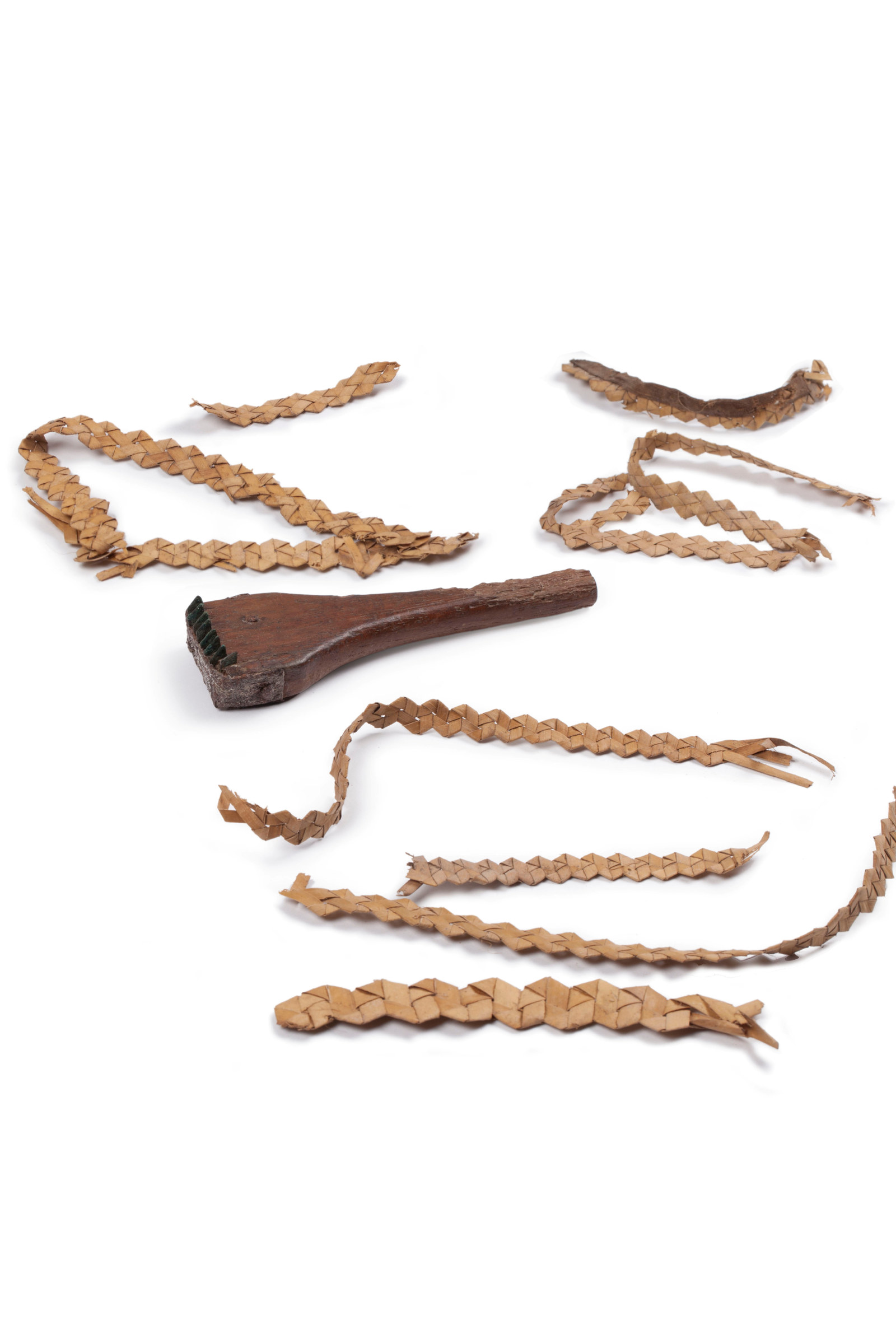
Convict Sydney
Convict hat sennets and leaf shredder
This shredding tool and ‘sennets’ or fragments of plaited cabbage tree palm leaves (Livistona australis) found beneath the floors of the Hyde Park Barracks were used by convicts for making hats
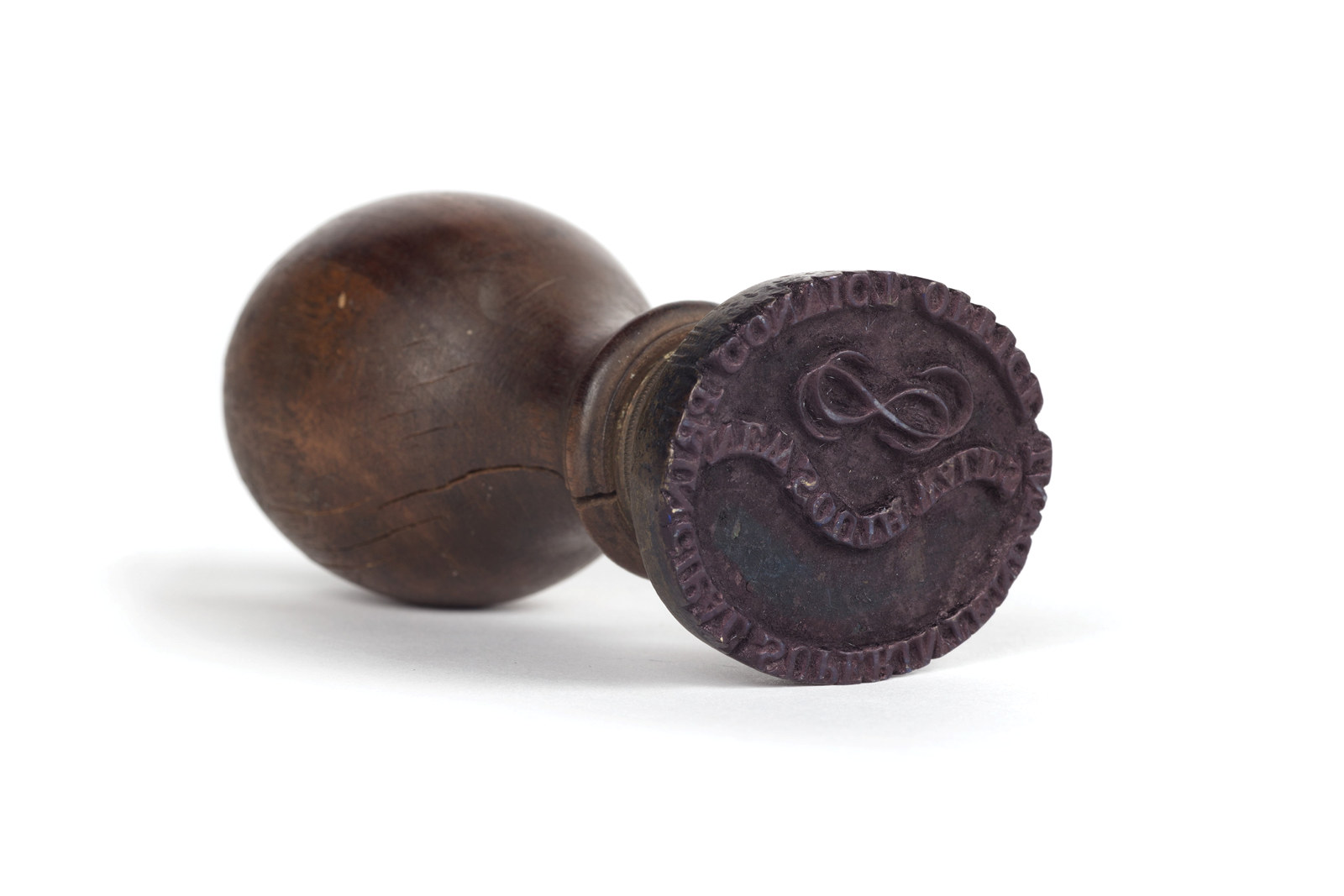
Convict Sydney
Brass stamp
Between 1830 and 1848, the superintendent’s office operated from the Hyde Park Barracks, where this stamp was most likely used on official documents and ledgers
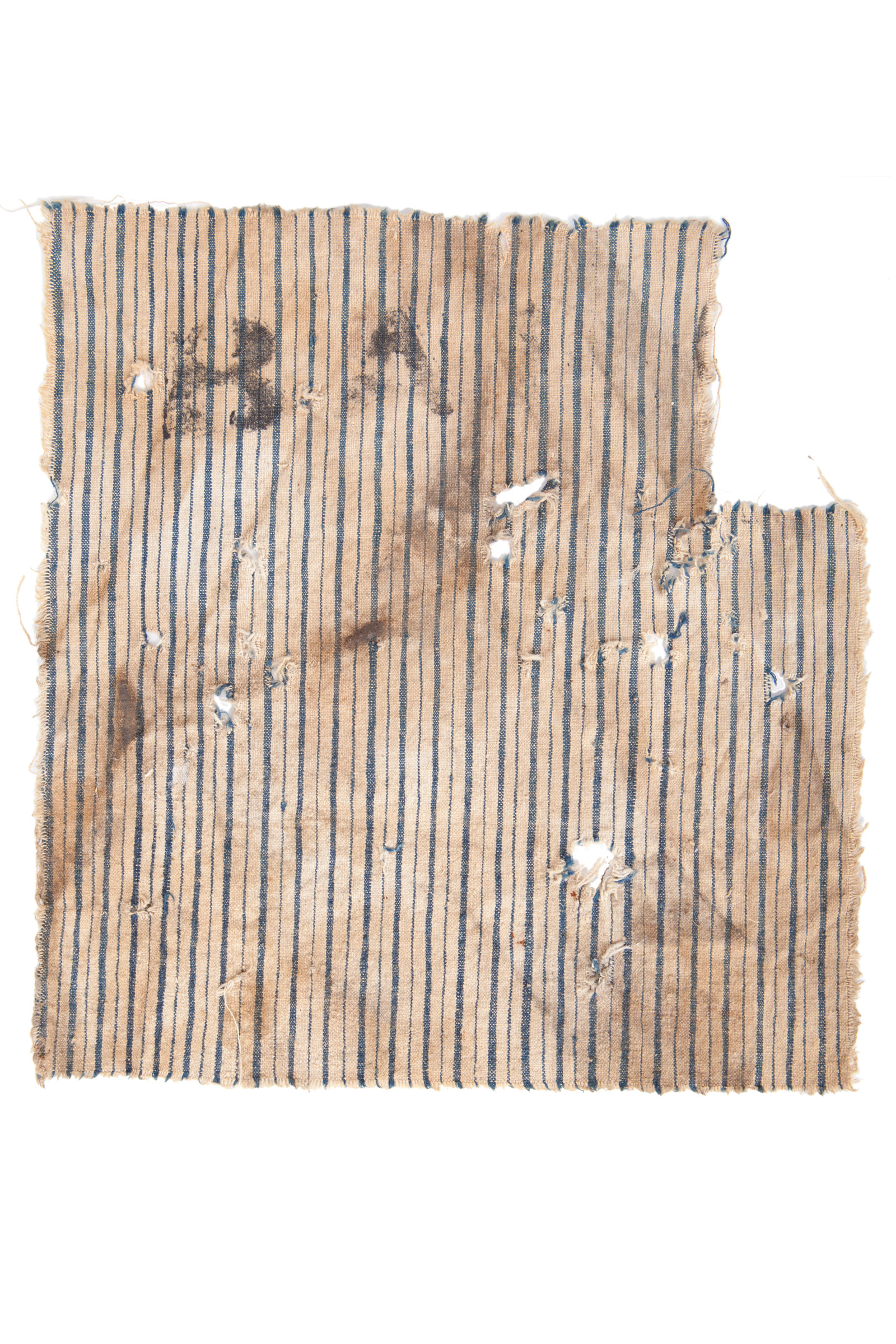
Convict Sydney
Convict shirt scrap, ‘B.A.’
This square scrap of striped convict shirt is curiously stamped with the letters ‘B’ and ‘A’
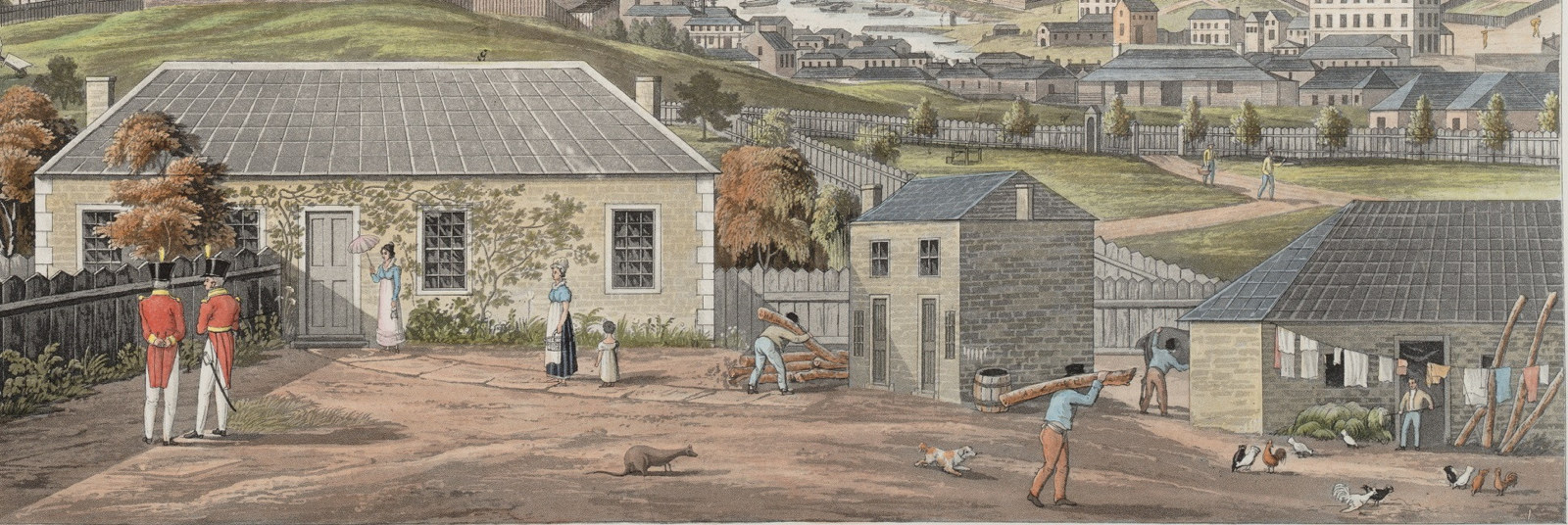
Convict Sydney
What was convict assignment?
‘Assignment’ meant that a convict worked for a private landowner